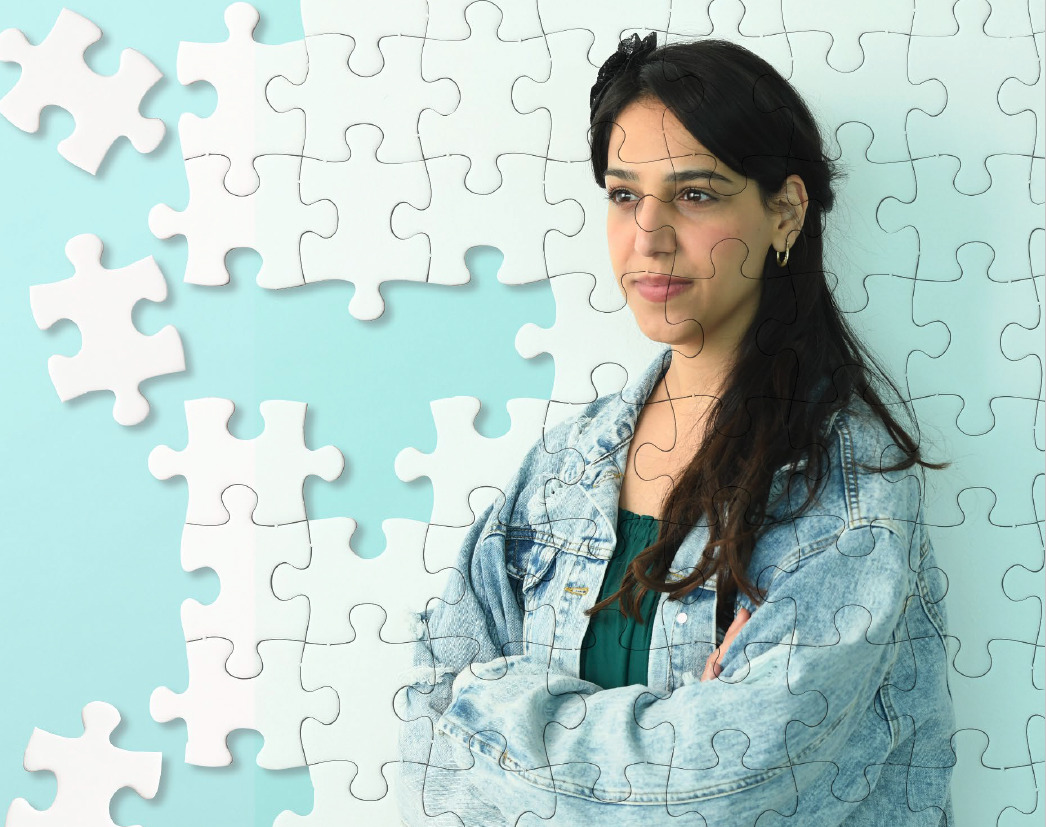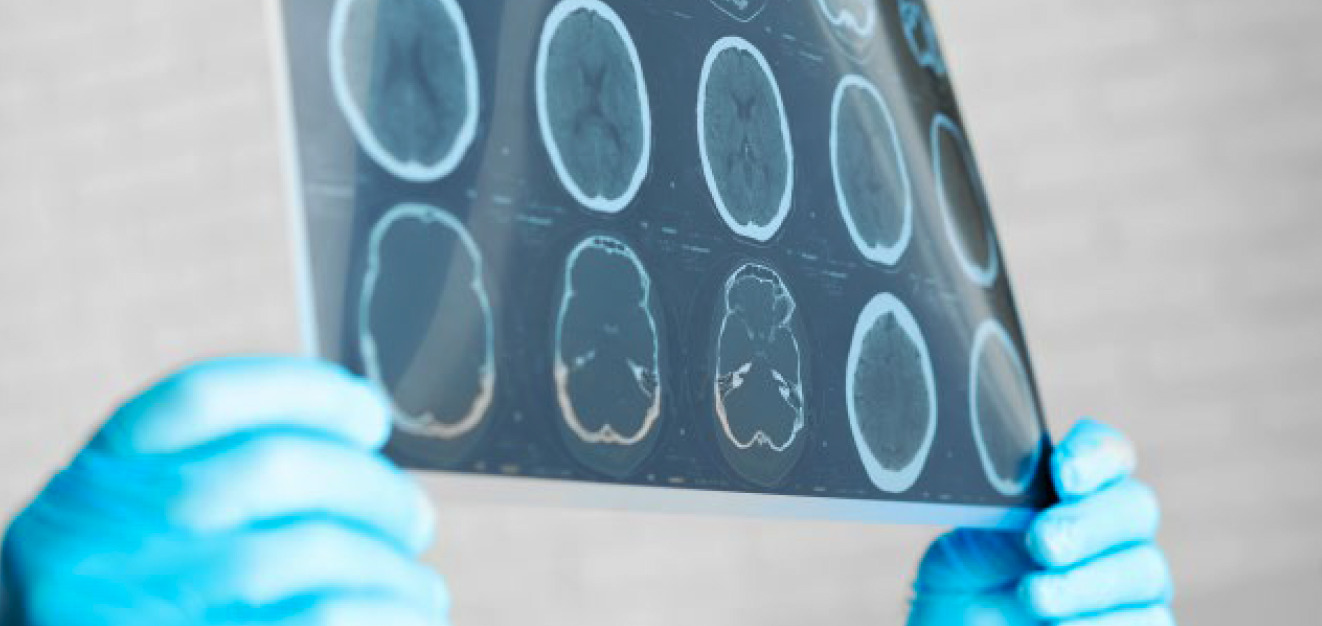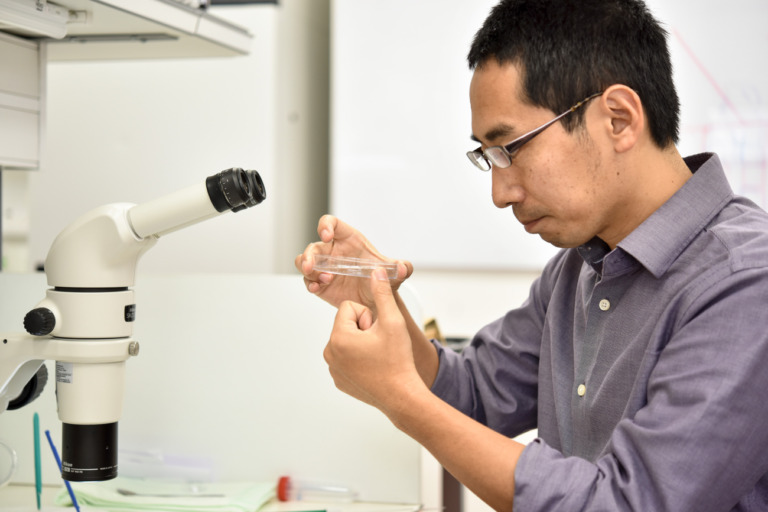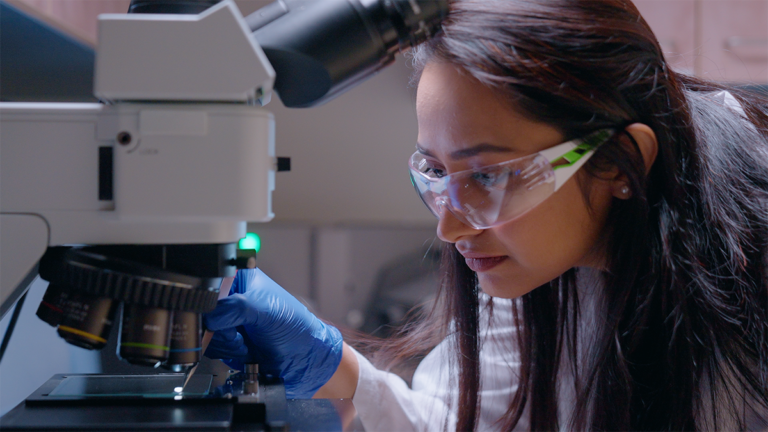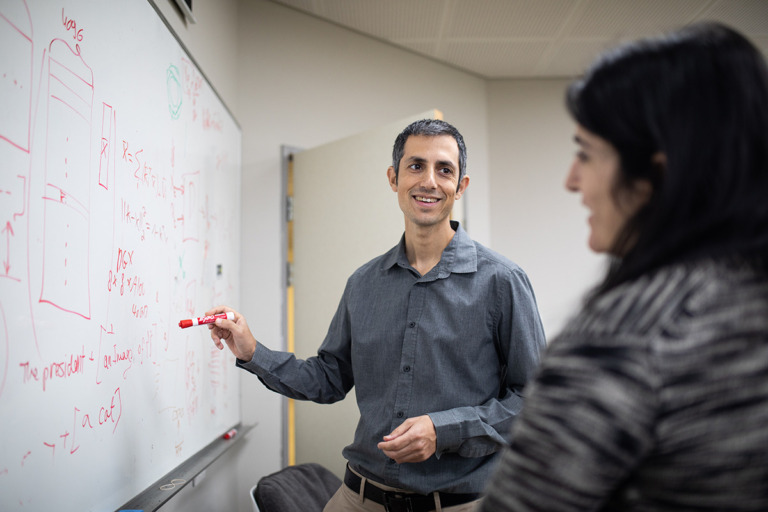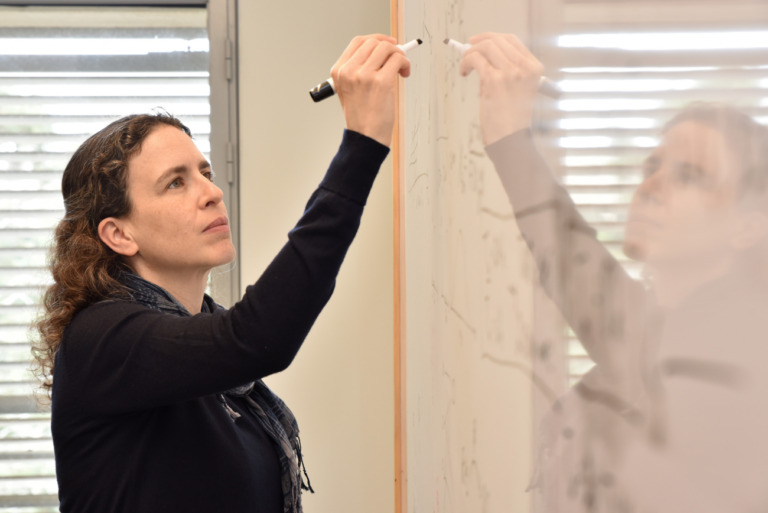There is a lot we don’t understand about trauma. Two people work side by side to pull bodies out from piles of concrete, steel and dust. One can head home, hug their loved ones and go back to their routine. The other will find themselves, months later, shaking and crying as their mind keeps replaying the horrific images.
We don’t have a clear roadmap for treating post-traumatic stress disorder (PTSD), either. Exposure therapy, in which people recount traumatic events in a calm state of mind, might work. But it might not. The same holds for cognitive behavioural therapy, meditation and other interventions.
Then there’s the trauma of childhood abuse, which people may not even realize they’re carrying until decades later. How can you treat something that you can’t even identify?
Shilat Haim-Nachum, a postdoctoral fellow in Columbia University’s Department of Psychiatry, knows the mysterious, frustrating impacts of trauma first-hand. When her mother died of cancer when she was 16 years old, Haim-Nachum and her four siblings experienced “five different trajectories of trauma,” she says. Since then, she’s been driven to help people figure out the unique ways in which trauma affects their lives and how they can heal.
“PTSD is like this big puzzle that I keep trying to add pieces to,” says Haim-Nachum, who is currently helping lead three studies to fill in this picture at Columbia’s PTSD Research and Treatment Program. Her work builds on research she did as an Azrieli Graduate Studies Fellow, from 2018 to 2022, during her doctorate at Bar-Ilan University in Ramat Gan, Israel.
In her PhD studies, supervised by Einat Levy-Gigi, Haim-Nachum explored how “cognitive flexibility” could partly explain why some people develop PTSD and others don’t. She ran studies involving firefighters and trauma-exposed students, in which participants played video games. In one game, they would open a box with an image of a car on it and discover a bomb. Later, they would see the same box, but with an image of a hat on it. Some people reacted differently to the box based on the new illustration; those who were able to adjust their thinking about the outcome of the box based on this change were defined as more cognitively flexible.
Overall, in her experiments, people who had symptoms of PTSD were much less cognitively flexible than those who didn’t have symptoms. “People experiencing PTSD were less likely to open the box that was originally associated with a negative outcome,” she says, “even if it was different from the original box.”
The importance of cognitive flexibility hit home for Haim-Nachum when she spent time with firefighters in Israel as part of a volunteer activity. On the job, they would talk about sports and make jokes immediately after rescuing people, sometimes from gruesome scenes.
“Distraction was the best and most efficient way for them to cope at the time,” she says. “But if they were distracting themselves to avoid connecting emotionally with their families, that wouldn’t be adaptive. Flexibility is about the ability to change your behaviour according to that specific situation.”
Yuval Neria, a clinical medical psychology professor at Columbia and Haim-Nachum’s mentor, says that her combination of “motivation and talent” is rare and that her ability to measure cognitive flexibility in people exposed to trauma could guide novel treatment options.
“The idea that cognitive capacities in the brain can be amenable to intervention is compelling,” says Neria. “We typically employ our interventions toward emotional capacities.” In other words, part of effective PTSD treatments might lie in changing how people think, not just how they feel.
Still, cognitive flexibility is just one aspect of PTSD, says Neria, and while it may play a large role in some cases, it could have a smaller bearing on others. “There are numerous ways in which one meets criteria for PTSD, which makes the patient population very heterogeneous,” he says. As Neria explains, research being done by Haim-Nachum and others he’s mentoring could move the field closer toward identifying different types of PTSD and tailoring treatments to them.
